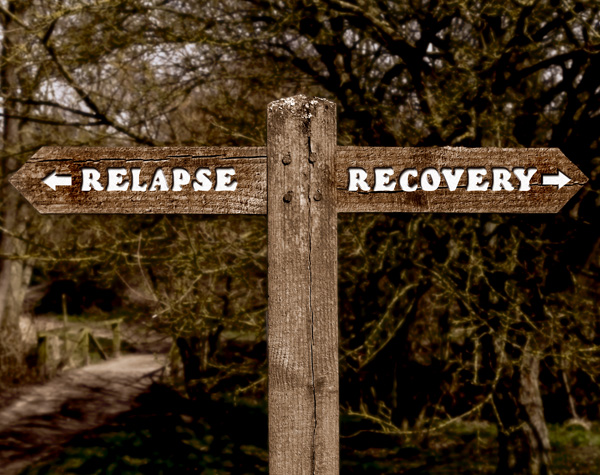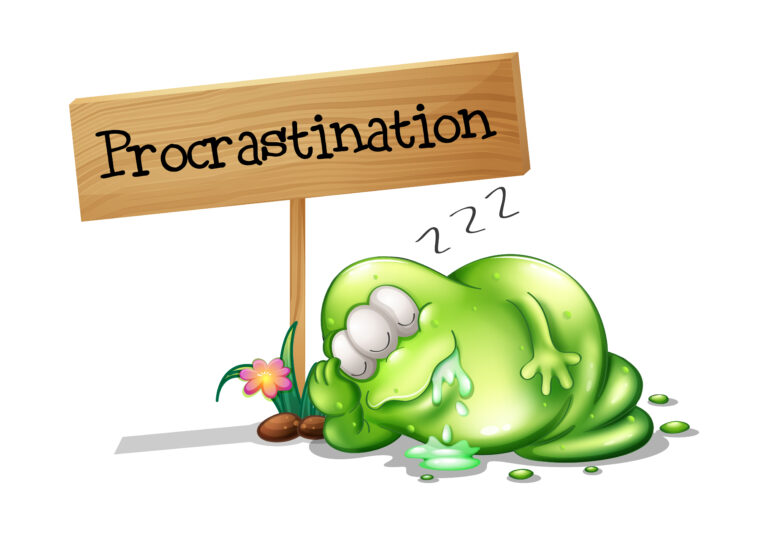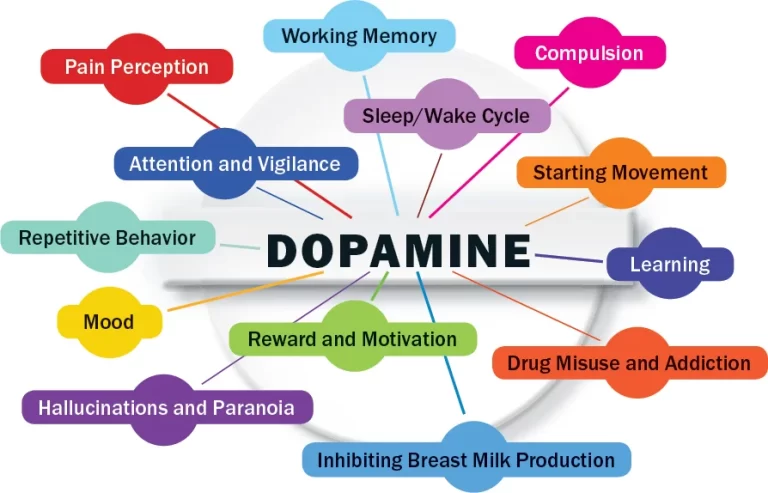Understanding Panic Attacks According to DSM-5
Panic attacks can be defined as sudden and intense episodes of fear and anxiety that occasionally happen without an apparent trigger. In some cases, these episodes can be devastating, leaving victims feeling overwhelmed and helpless. According to the DSM-5, a panic attack is not a mental disorder on its own. On the contrary, they occur in the context of other mental or anxiety disorders.
In this blog article, we will delve into defining panic attacks, their defining features, causes, diagnostic criteria, and treatment options using the Diagnostic and Statistical Manual of Mental Disorders, Fifth Edition (DSM-5). What is a DSM-5? It is a tool used by mental health professionals to understand and diagnose mental disorders.

Defining a Panic Attack
As per the DSM-5, a panic attack is an abrupt surge of intense fear or discomfort that reaches a peak within a few minutes. Various physical and cognitive symptoms accompany panic attacks. While experiencing occasional anxiety or fear is a normal part of life, panic attacks represent an extreme and often distressing form of anxiety.
There are two types of panic attacks, including the expected and the unexpected ones. Expected panic attacks have a cue or trigger, while unexpected ones do not.
Diagnostic Criteria
For a mental health professional to diagnose you with a panic attack as per the DSM-5, you should have experienced at least four of the below symptoms during an episode:
1. Palpitations, pounding heart, or accelerated heart rate.
2. Sweating profusely.
3. Trembling or shaking.
4. Sensations of shortness of breath or smothering.
5. Feeling of choking.
6. Chest pain or discomfort.
7. Nausea or abdominal distress.
8. Feeling dizzy, unsteady, lightheaded, or faint.
9. Chills and heat sensations
10. Derealization (feeling detached from oneself) or depersonalization (feeling detached from reality).
11. Fear of losing control or going crazy.
12. Fear of dying.
13. Numbness or tingling sensations.
Symptoms Beyond the DSM-5 Criteria
In addition to the specific criteria outlined in the DSM-5 above, panic attacks may also manifest in other ways. Some people experience symptoms like extreme worry, anticipatory anxiety, or phobic avoidance of places or situations where they fear having an attack. Such symptoms contribute to the overall distress and impairment linked to panic attacks.
Causes of Panic Attacks
Genetic Predisposition
Genetics can play a key role in panic attack development. People with a family history of panic disorder or anxiety disorders may be at a higher risk as compared to the general population.
Neurochemical Imbalances (Brain Chemistry)
Imbalances in neurotransmitters, including serotonin and norepinephrine, also contribute to the onset of panic attacks. These neurotransmitters are known to regulate mood and stress responses.
Stress and Trauma
Excessive stress due to life-related challenges and exposure to traumatic events also tends to trigger panic attacks, especially in those with a vulnerability to anxiety.
Medical Conditions
Various medical conditions, including hyperthyroidism or heart conditions, can mimic the symptoms of a panic attack. When diagnosing panic attacks, it is crucial to rule out any underlying medical causes.
Substance Abuse
Abuse of substances, including alcohol or stimulants like bhang, can increase the risk of panic attacks.
Panic Attacks Treatment Options
1. Psychotherapy
The most commonly known and effective treatment for panic attacks is counseling using Cognitive-Behavioral Therapy (CBT). Using CBT, counselors help panic attack victims identify and modify negative thought patterns and behaviors that could be contributing to panic.
Counselors may also use exposure therapy that focuses on confronting the beliefs and fears linked to the panic attack. In this case, they help victims engage in activities they usually avoid. Exposure to feared objects, places, situations, and environments helps reduce fear and decrease avoidance.
2. Medications
Healthcare providers may also prescribe various medications for panic attacks, including antidepressants, beta-blockers, and anti-anxiety drugs. Even though these medications can help alleviate symptoms and prevent future attacks, they may have adverse side effects, including difficulties sleeping, headaches, and nausea, among many others.
3. Lifestyle Changes
Various stress-reduction techniques, including mindfulness, meditation, and regular exercise, are also known for effective management of panic attacks. In addition, if you experience these attacks, avoid stimulants, including caffeine and bhang, among others.
4. Support Groups
Joining a support group for people with panic attacks also offers a sense of community and understanding. In these groups, people share their experiences and effective coping strategies.
5. Relaxation Techniques
If you do experience panic attacks, learn relaxation techniques, such as deep breathing and progressive muscle relaxation. These techniques are effective for managing the physical symptoms of panic attacks.
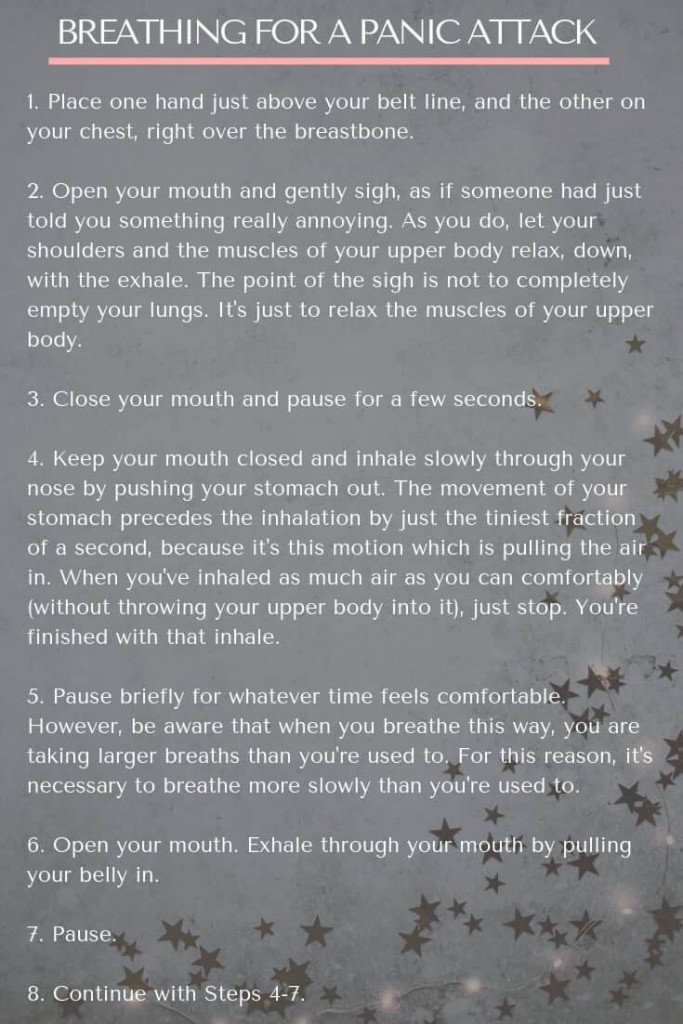
Panic Attacks vs. Panic Disorder
It is crucial to differentiate between a panic attack and panic disorder. A panic attack represents a single episode of intense fear and anxiety. On the other hand, a panic disorder involves recurrent panic attacks accompanied by a constant fear of having another attack. Such fear results in behavioral changes, including avoidance of certain places or situations where an attack has occurred before.
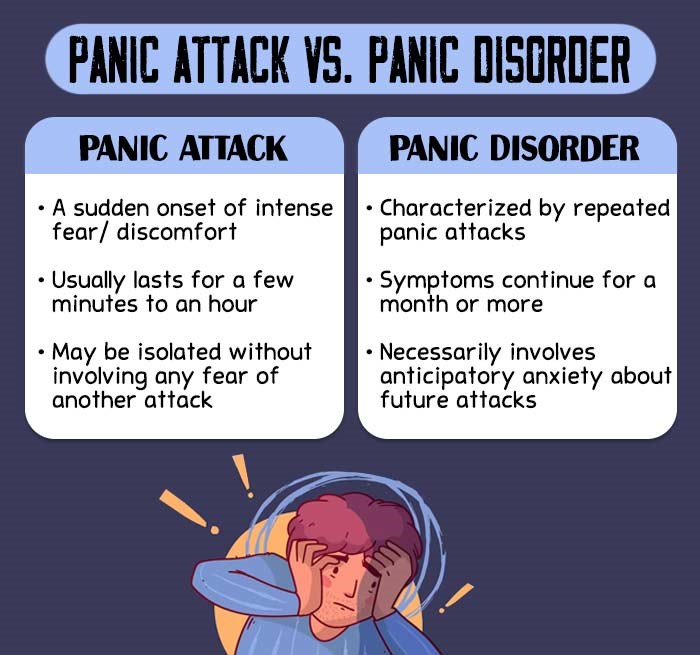
Conclusion
In summary, panic attacks, as defined by the DSM-5, are sudden and intense episodes of fear and anxiety characterized by a range of physical and cognitive symptoms. While panic attacks are distressing, it is important to remember that effective treatments, including cognitive-behavioural therapy (CBT) and medications, are available to help manage and alleviate their related symptoms. If you or someone you know is experiencing panic attacks, seeking professional help from a mental health provider is a crucial step toward understanding and managing this challenging condition.
